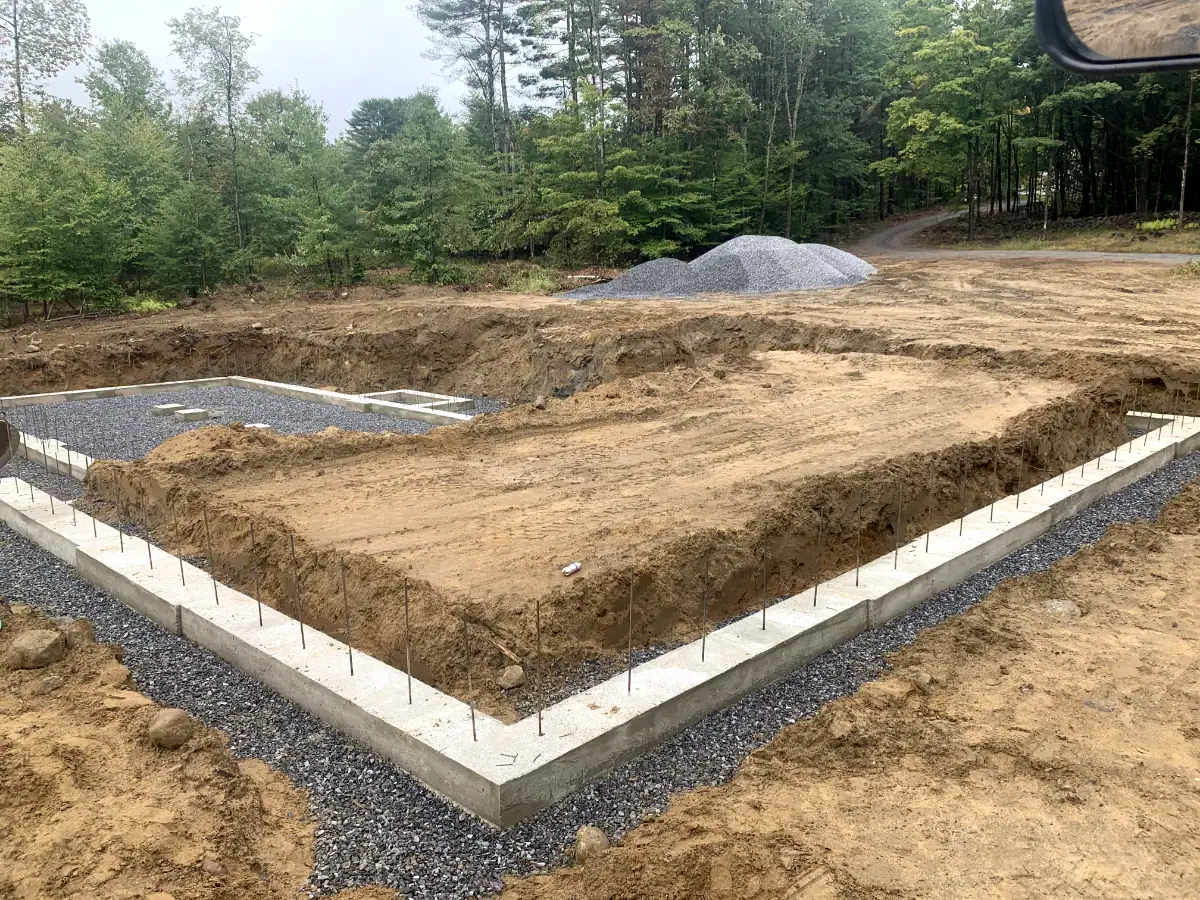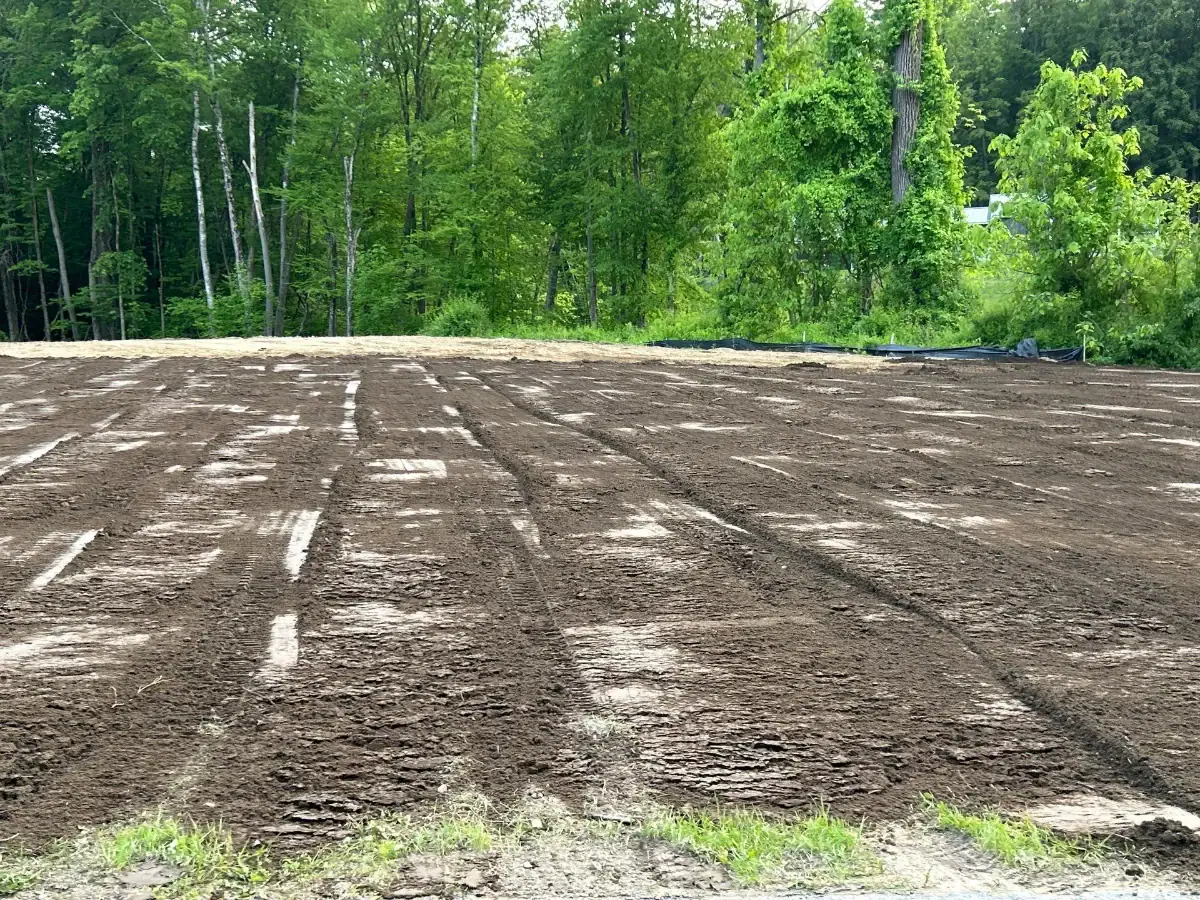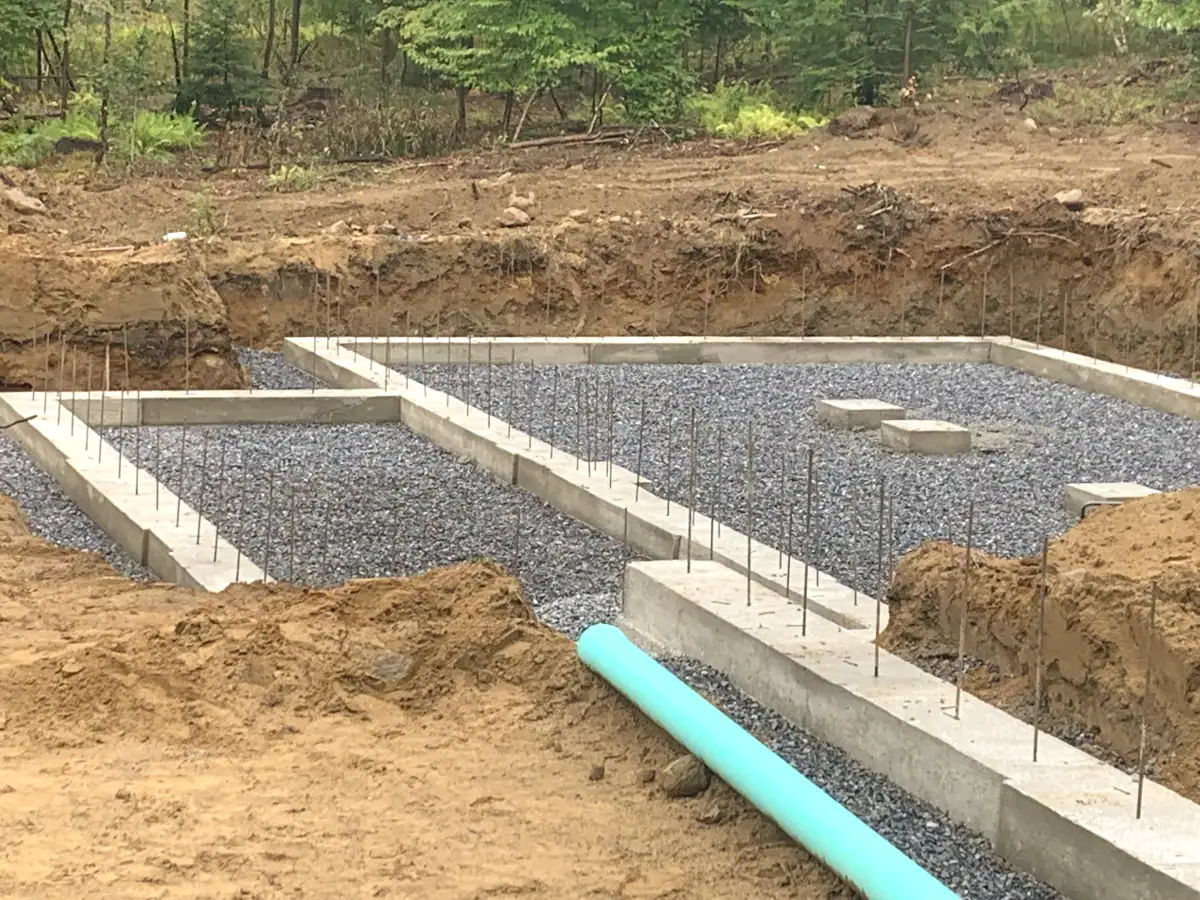Excavation isn't just digging—it's the foundation of every successful building project, determining structural integrity for decades to come.
Share:

Summary:
Proper foundation excavation is vital for the stability and longevity of any structure, ensuring buildings can withstand time and forces of nature. Think of excavation as creating the invisible anchor that holds everything above ground in place.
The foundation serves as the primary base, supporting above-ground structures and distributing their weight and pressure evenly to ensure proper settling. That substructure must remain stable regardless of time, stress, or other loading factors. Without proper excavation, even the most beautiful building becomes a costly problem waiting to happen.
Sitework encompasses all pre-construction activities essential to project success, laying groundwork for the entire build. This isn’t just about moving dirt—it’s about creating the conditions that let your building perform exactly as designed for decades to come.

Professional site classification involves detailed assessment of ground conditions, soil composition, moisture content, and load-bearing capacity. This analysis happens before any digging begins, and it’s what separates professional excavation from just moving dirt around.
In Saratoga County, soil conditions vary significantly across different areas. Some regions have expansive soils—clays and silts that change volume when they absorb water, which can pose real threats to foundations by compromising and damaging them. We understand these local conditions and adjust our approach accordingly.
The findings from soil classification guide foundation design, ensuring it’s tailored to specific site conditions. This means your foundation gets built for your exact soil type, not some generic approach that might work elsewhere but fail on your property. The geologic or soils engineer revisits the site during excavation to confirm that soils in the open hole match the sample and meet report recommendations before foundation work begins.
The difference between professional soil analysis and guesswork often shows up years later. Properties with properly analyzed and prepared foundations stay level and stable, while those without can develop cracks, settling issues, or worse structural problems that cost far more to fix than doing the excavation right the first time.
One of the biggest risks in excavation is hitting buried utility lines, which can be dangerous and costly. We follow strict safety protocols that protect both your project and your property from these hidden dangers.
We use utility maps and marking services to locate underground pipes and cables before work begins. This isn’t optional—it’s a critical safety step that prevents accidents, project delays, and expensive repairs. Locating all utility lines is critical to avoid damage and safety precautions, including searching for gas pipes, water, electricity, and phone lines.
Beyond utility safety, professional excavation includes proper erosion control and site management. This involves implementing measures like silt fences to trap sediment and sediment traps to capture and settle out sediment-laden water. These steps protect your property and neighboring areas from damage during the excavation process.
Comprehensive quality control includes regular inspections by qualified professionals and safety programs with training, hazard communication, and safety meetings. When you work with us, you’re getting this level of professional oversight that keeps your project safe and on track.
Want live answers?
Connect with a Emerson Excavating and Trucking expert for fast, friendly support.
The foundation excavation process involves careful sitework that lays groundwork for construction success. Understanding these steps helps you know what to expect and why each phase matters for your building’s long-term performance.
We work with engineers to carefully plan and execute sitework, with the goal of ensuring foundations are as solid and stable as possible to provide a secure building base. This collaboration between professionals ensures nothing gets overlooked during the critical foundation phase.
Our excavation follows a systematic approach that accounts for your specific site conditions, building requirements, and local building codes. Each step builds on the previous one to create the stable foundation your building needs.

Once plans are approved, we clear the site of vegetation, debris, or previous structures. This clearing work does more than just make space—it prepares the site for precise excavation work that follows.
Site clearing provides several tangible benefits including laying firm foundation for excavation, ensuring site safety for workers and equipment, and providing us with deeper understanding of land boundaries, elements, slope, and layout. This understanding becomes crucial when the actual digging begins.
Land clearing includes removing unwanted obstacles above the surface, including trees, brush, vegetation, and demolition of old buildings, leaving a smooth and empty slate for the project. In Saratoga County’s varied terrain, this step often reveals important information about soil conditions and drainage patterns that influence excavation planning.
Before digging, areas must be cleared of trees, large rocks, and debris, with professional surveys to mark property lines and identify underground utilities, along with obtaining necessary excavation permits. This systematic approach prevents costly mistakes and ensures your excavation work meets all local requirements from the start.
Ground tracing involves knowing exactly where excavation will occur, with our teams setting out pegs and strings to outline excavation plots, mark center lines, and denote depth levels. This precision work ensures your foundation gets dug exactly where and how deep it needs to be.
Our excavation process uses surveying equipment to accurately mark foundation boundaries and elevations, consulting foundation design to determine required depth, removing soil in stable layers, and using appropriate equipment like excavators and backhoes efficiently. Each layer gets checked for stability before proceeding to the next level.
Poorly graded lots lead to drainage problems, building integrity issues, and safety concerns, which is why our professional grading services ensure properties stay well-drained and safe. Proper grading during excavation prevents water from pooling around your foundation, which could cause serious structural problems later.
Foundation excavation can range from 3-4 days up to 3 weeks, with worst-case scenarios involving 10-foot over-digs that happen in areas with boulders, like those seen in areas such as Cedar Heights. We plan for these possibilities and have the equipment to handle challenging conditions that might surprise less experienced operators.
Understanding the excavation process, potential challenges, and costs helps homeowners make informed decisions and avoid costly mistakes, with hiring an experienced excavation contractor being the best way to ensure safe and efficient work. Your foundation is too important to trust to anyone without proven experience and proper equipment.
Having our own equipment means we have the resources and expertise to manage jobs big and small, whether planned or emergency. Our owner/operator presence on every job site regardless of size provides fair consultation and oversight. This level of involvement ensures your excavation work gets the attention it deserves.
When you’re ready to start your building project in Saratoga County, Emerson Excavating and Trucking brings the local knowledge, professional equipment, and systematic approach your foundation needs. Your building’s stability starts with the excavation work happening below ground, and getting that right from the beginning protects your investment for decades to come.
Article details:
Share:
Ready to Start Your Project Right?
Get a straightforward quote for your excavation, aggregate, or dumpster rental needs. No pressure, just honest answers and reliable service from local professionals who understand your area.
Emerson Excavating and Trucking
Company
Support
Useful Links